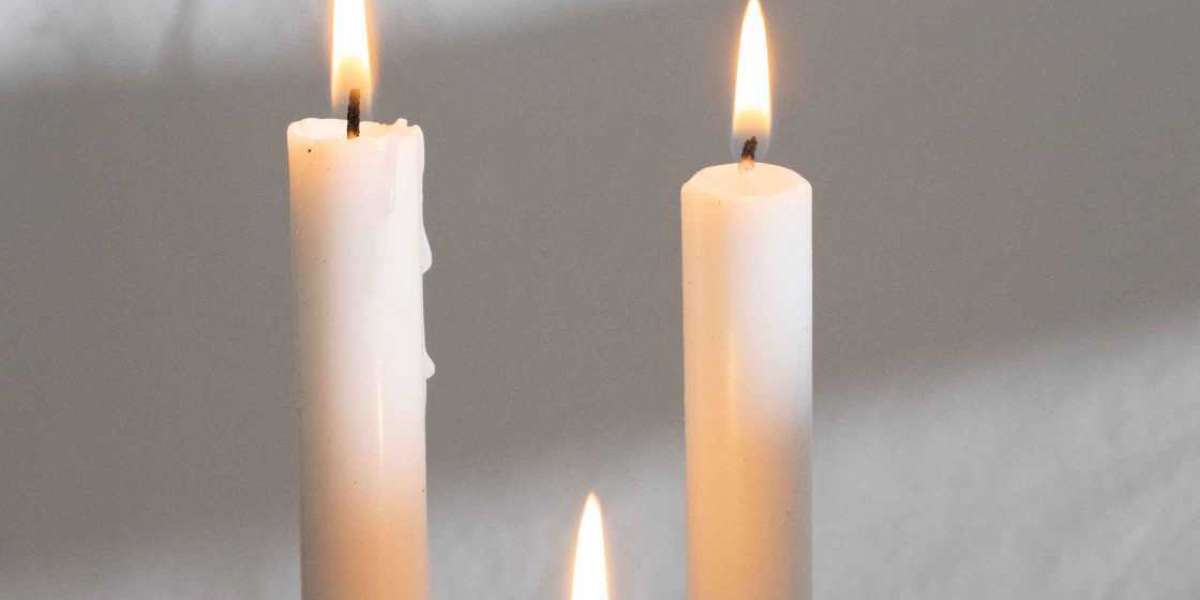Every owner of an interchangeable-lens camera is faced with the pleasant dilemma of picking the most appropriate lenses to buy, then deciding which to use. However, there are no rules to go by; much depends on your personal style and what you already own. To help you decide which lenses to buy and how best to use them, we offer the following.
Normal lenses: Today, many 35mm photographers opt for a short zoom instead of a 50mm, but both have their virtues. If you need a fast, general-purpose lens in the f/1.4-f/2 range for available-light work, nothing can beat a 50mm. Positives: Usually more compact, lighter than a short zoom; often less costly; generally very sharp; provides brighter viewing image. Negatives: No zooming; you must compose by moving the camera.
Short zooms offer framing flexibility, often in a package not much larger than a 50mm lens. A 35-70mm f/3.5-4.5 is usually the smallest and least expensive, but a 28-70mm f/3.5-4.5 is more useful for shooting interiors, vistas, and cramped quarters because it gets down to 28mm. If you shoot portraits, nature, or sports at close range, consider a compact 35-105mm or a 35-135mm zoom. Normal zoom positives: Equivalent to two or more single focal length lenses in a handy, responsive package, it provides intermediate focal lengths; there's less need to switch lenses. Normal zoom negatives: Moderate aperture (typically f/3.5-4.5) limits low-light shooting and focusing precision with manual focus, affects viewing brightness. Zooms tend to be larger, heavier, more expensive than 50mm lenses.
Wide-angle lenses: They range from 24mm (bordering on ultrawide) to 35mm (bordering on semiwide). As with normals, the choice is between very compact, single-focal-length lenses of relatively wide aperture (f/2-f/2.8, a few f/1.4s) and moderate-aperture zooms (around f/3.5-4.5), which provide superior framing flexibility. For positives and negatives on both types, see normal-lens section above.
Many wide zooms, such as 24-50mm, 25-50mm, 28-50mm, etc., encompass normal as well as wide-angle focal lengths, which is an advantage. A few (for example, 21-35mm, 18-28mm) combine ultrawide (21mm and below) and wide focal lengths (see ultrawide section below). Many are not much larger or heavier than a 50mm. Although 25-50mm or 21 -35mm may not sound as impressive, it's the zoom ratio (long divided by short focal length) that counts. If you need a really fast wide-angle (for example, 35mm f/1.4, 28mm f/2, 24mm f/2) for available light or shooting handheld with slow film, stick to single focal lengths.
Ultrawide-angle lenses: With focal lengths of 21mm and below in 35mm format, they provide extreme angular coverage of 90 degrees or more. Positives: Ultrawides, by virtue of low image magnification, provide great depth of field; more likely to yield sharp-looking images when handheld at slow shutter speeds. Excellent for expanding tight interior spaces, capturing vistas; for intimate photojournalism, street photography. Negatives: Apparent perspective distortion, though useful for dramatic or comic effects, is problematic in portraiture. Avoid placing subjects near edges of the frame or prominent features, such as noses, in the foreground.
Medium tele lenses: Sometimes called portrait lenses, these optics in the 85-135mm range are fine for portraiture, minimize apparent perspective distortion, and provide convenient working distance when shooting faces close up. Many tele zooms work well in this range, but they're heavier, longer, and slower than single focal length lenses. If you shoot a large percentage of portraits, you should consider getting an 85mm f/2, 100mm f/2, or 105mm f/2.5, even if you own a tele. Positives: They allow discreet photography of people without the perspective-flattening effect of long teles; single focal length type combines fast aperture, bright viewing image, good image quality. Negative: For zooms, see above; for single focal length, fairly specialized.
Long tele lenses: Traditionally, any lens over 135mm for 35mm photography is a long tele. Today, the most popular by far are zooms in the 80-200mm or 70-210mm range. Unless you need a lens that's very fast and very long (such as the optically superb but large, heavy, and very expensive 300mm and 400mm f/2.8s used by professional sports photographers), a tele zoom is the most flexible and economical choice. For many photographers, a 70-210mm f/3.5-4.5 (especially one with macro) is the only long tele they'll need. Positives: Reasonable size, weight, and price, wide range of uses—nature, sports, people, portraits, scenics. Negatives: Moderate and variable aperture; mediocre performance unless stopped way down. A number of suprisingly compact 100-300mm f/5.6s are now offered for those who need a bit more reach, and there are a few fine 200-500mm f/5.6s for those who need really long teles for such things as long-distance sports close-ups. Long tele zoom negatives: larger size and weight.







